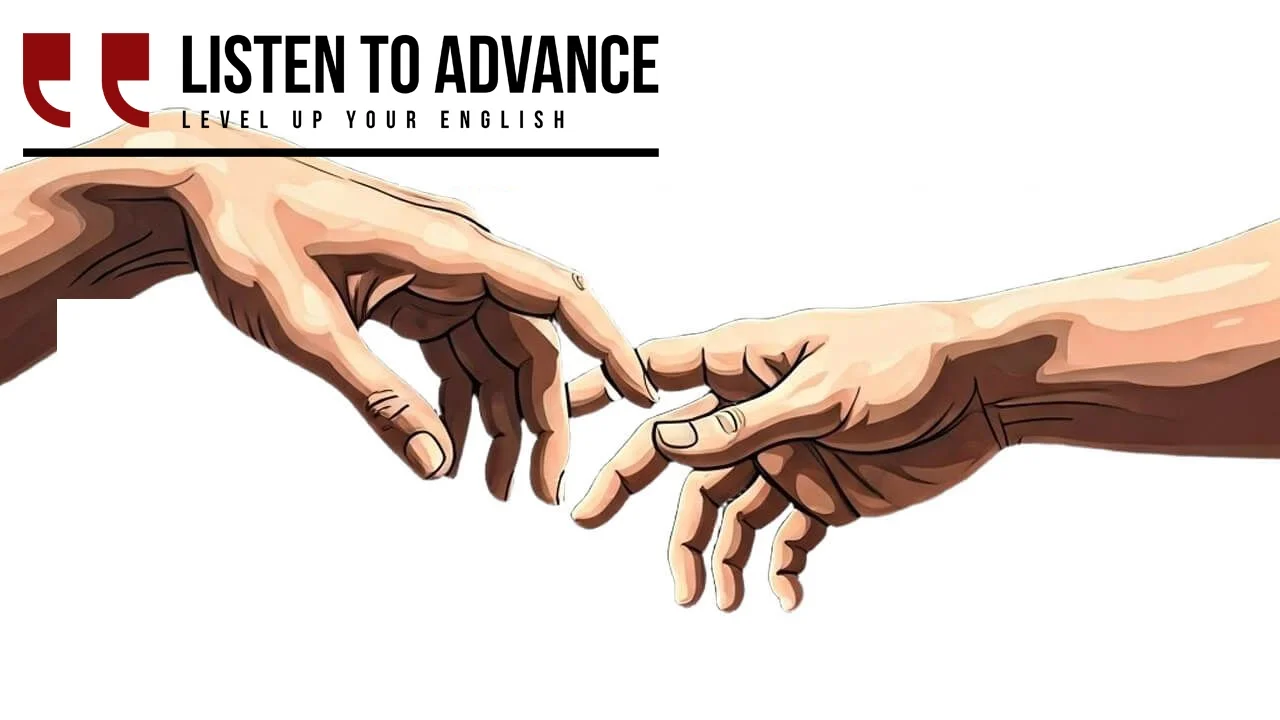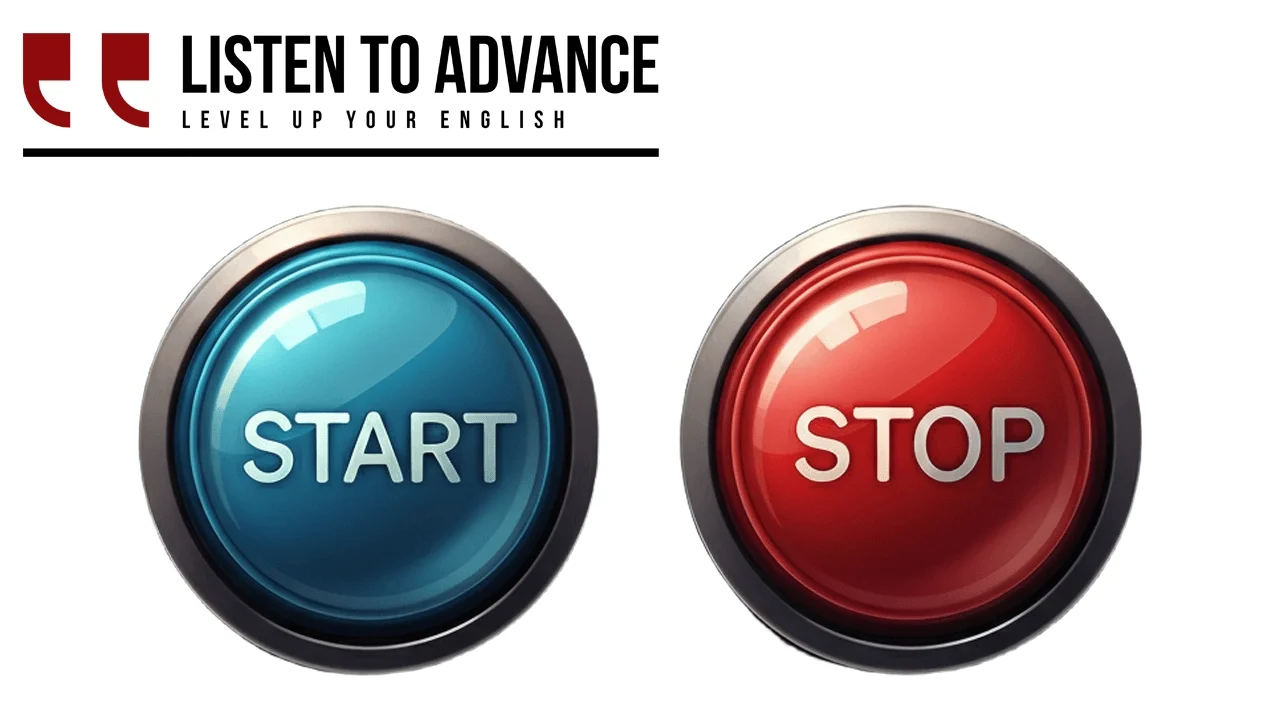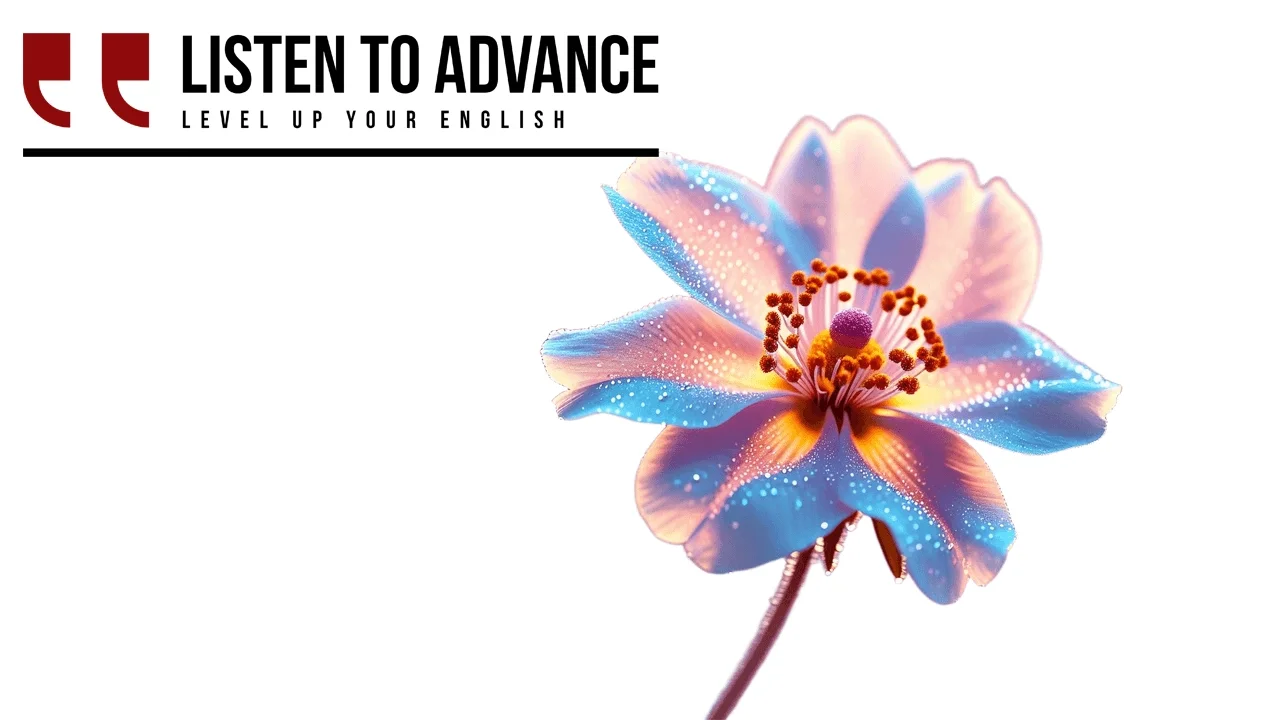Which Is the Best Online Platform to Learn English?
In today’s digital world, the number of online platforms promising to help you “master English fast” is almost overwhelming. From colourful apps with daily streaks to language games that reward you with points and gems, the internet is packed with choices. But if you’ve been using these tools for a while, you might be asking yourself: Am I actually learning English—or just playing games?
In today’s digital world, the number of online platforms promising to help you “master English fast” is almost overwhelming. From colourful apps with daily streaks to language games that reward you with points and gems, the internet is packed with choices. But if you’ve been using these tools for a while, you might be asking yourself: Am I actually learning English—or just playing games?
🎮 Gamified Learning vs Real Progress
Let’s be honest! Many of the most popular English-learning platforms are built around gamification. That means they use game mechanics—points, levels, leaderboards—to keep you coming back. And while that’s great for motivation, it often comes at the expense of deep learning. You swipe through vocabulary flashcards, tap the right sentence, and repeat a few phrases… but then struggle to understand a real conversation, a podcast, or a business email.
Why? Because real-life English isn’t just about isolated vocabulary. It’s about natural rhythm, authentic phrases, and confidence in communication.
🎧 Listen To Advance: A Smarter Way to level up your English
That’s where Listen to Advance stands apart.
Instead of short games or automatic translations, Listen to Advance offers an immersive experience guided by expert educators who understand how language works—and how people really learn it. Each session is built around carefully chosen language, and you’ll hear English spoken clearly, naturally, and with purpose.
This isn’t just a podcast. It’s a structured learning tool that helps you:
Understand how and why native speakers use language the way they do.
Build your vocabulary with words and phrases that actually appear in real life.
Develop listening skills with clear, professional video voice recordings.
Learn through listening, reading and reflection, not just tapping buttons.
Whether you’re preparing for an exam, improving your job prospects, or just want to feel confident when you speak, Listen to Advance puts the focus back on what really matters: your progress.
Why "Listen to Advance" Works
While most platforms encourage passive clicking, Listen to Advance encourages active learning:
Every lesson is designed with intentional repetition and contextual examples.
You'll hear a real teacher, not just AI voices or synthetic speech.
It focuses on listening, understanding, and real-world fluency—not gaming the algorithm.
It provides real practise after each session.
Listen to a native speaker speaking idiomatic English.
This makes it ideal for learners who are serious about reaching B1, B2, and even C1 levels, without wasting time on gimmicks.
Final Thoughts
So, what is the best platform to learn English online? If you’re looking for fast entertainment, a gamified app might be fine. But if you want real, lasting improvement—something you can use in conversation, at work, or in life—then it’s time to try Listen to Advance.
Because learning English shouldn’t feel like playing a game. It should feel like finding your voice.
Which English Online Course Is Best?
If you've ever asked yourself this question — "Which English course should I choose?" — you're not alone. With so many online options available, it can be hard to know which one is the best. The truth is, the best course is the one that fits your goals, your lifestyle, and your learning style — and most importantly, one that you actually stick to.
If you've ever asked yourself this question — "Which English course should I choose?" — you're not alone. With so many online options available, it can be hard to know which one is the best. The truth is, the best course is the one that fits your goals, your lifestyle, and your learning style — and most importantly, one that you actually stick to.
The Power of Studying a Little Every Day
Before we get into course types, let’s talk about the one thing that really makes a difference: consistency.
You don’t need to study for hours every day to improve your English. In fact, a few focused minutes a day can lead to incredible progress over time. Like exercise, language learning is about building habits. Small, regular practice helps you grow your vocabulary, improve fluency, and feel more confident using English in real life. So it is possible to make real improvements in your communication skills by just dedicating the time it takes to sit and have a cup of coffee.
Live Online Classes: Great for Speaking, but Pricey
Live classes with a teacher (via Zoom or a similar platform) offer real-time interaction. You can ask questions, get feedback, and practise speaking and listening. This format is especially useful for spoken production and spoken interaction, two of the key skills in language learning.
However, live classes can be expensive, and time zones may be a challenge. If you're self-motivated and want flexible options, this might not be your first choice.
Another issue is scheduling. We are busy and it can be difficult to find the time to fit a regular class into your schedule.
Self-Paced Video Courses: Flexible and Effective
Self-paced video courses are great if you want to learn anytime, anywhere. They often include lessons on grammar, vocabulary, pronunciation and listening skills. If the videos have subtitles, you also practise reading while improving listening — two skills at once!
This format is budget-friendly and works well if you like learning independently. The downside? You don’t get to speak much or ask live questions. But with the right course, even 9 minutes a day can make a big impact.
Hybrid Courses: The Best of Both Worlds
A hybrid course combines self-paced learning with live sessions. You can watch videos, do exercises, and then meet with a teacher or group to practise speaking and ask questions. This approach gives you a balance of all five core skills:
Reading
Listening
Writing
Spoken Production
Spoken Interaction
If you can find a hybrid course, especially one led by an experienced, qualified teacher, you’ll get the benefits of flexibility and real-time support. That’s a powerful combination.
So, Which One Is Best?
There’s no one-size-fits-all answer. But here’s a quick guide to help you decide:
Course Type
Best For
Downside
Live Class
Speaking practice, real interaction
Expensive, time-limited
Self-Paced Course
Vocabulary, listening, reading
Less speaking practice
Hybrid Course
Balanced skills, flexible, supported
Can cost more, needs discipline
No matter what you choose, consistency is key. A course that you enjoy and use regularly will help you more than the most expensive one that you never open.
Final Tip: Choose a Course by a Real Professional
Whatever course format you choose, make sure it’s designed and delivered by an experienced English teacher — someone who understands how people learn and who uses clear, structured lessons.
Look for:
Credentials (CELTA, DELTA, university degrees in education or language)
Positive reviews or testimonials
A clear syllabus with real learning goals
Conclusion: Small Steps = Big Results
Remember, you don’t need to be perfect — you just need to start. Whether it’s five minutes or fifty, studying a little every day adds up. Choose a course that fits your life, stick with it, and you’ll see your English skills grow faster than you think. Check here to see the fantastic real professional English video course Listen to Advance can offer you to level up your English today.
Phrasal Verbs are Easy!
Ask yourself these two questions:
1. Do you know every word in English? (Of course not, unless you’ve memorised the dictionary!)
2. Do you know every phrasal verb in English? (Yes, you do!)
Crazy, right? But it’s true. Native speakers instinctively understand every phrasal verb, even ones they’ve never heard before. So what’s the secret?
Phrasal Verbs Are Easy! (Seriously)
The Problem with Phrasal Verbs
Ask any English learner what they think of phrasal verbs, and you’ll probably hear something like:
"Phrasal verbs are impossible!"
"Ugh, I HATE phrasal verbs!"
But why? Why do phrasal verbs send shivers down the spines of English learners, while native speakers use them effortlessly? The truth is, we never actually "learned" them in school. I mean, I struggle with spelling, my grammar isn’t perfect, but I can confidently say I understand every single phrasal verb without even thinking about it.
Now, ask yourself these two questions:
1. Do you know every word in English? (Of course not, unless you’ve memorized the dictionary!)
2. Do you know every phrasal verb in English? (Yes, you do!)
Crazy, right? But it’s true. Native speakers instinctively understand every phrasal verb, even ones they’ve never heard before. So what’s the secret?
We Know Without Knowing
If you ask a native speaker about phrasal verbs, chances are they won’t even know what you’re talking about. Yet, they use them all the time. How?
It all comes down to imaging—the way our brains connect words to mental pictures. Think about these words: apple, table, jacket. You don’t just see letters; you instantly picture the objects in your mind. That’s how we store language.
Now, imagine you’re an English learner. When they hear the word up, they picture an arrow pointing upwards. Same with down—an arrow pointing down. Simple, right? But here’s where it gets tricky: not every up means direction.
It’s up to you. (Where’s the arrow?)
He gave up. (Where’s the direction?)
There’s no arrow, but there is meaning. The trick is to teach the hidden meanings of prepositions, and suddenly, phrasal verbs become clear.
The key to understanding phrasal verbs lies in emotion and connection. Every preposition has a theme—a thread (or threads) that link all verbs that use it. Once learners see this, they stop memorizing and start understanding.
Take the word on in these sentences:
The bottle is on the table.
The film went on and on.
He went on at me about my messy room.
In other languages, these might be three completely unrelated ideas. But in English, they all share a connection: continuation. Once learners see this pattern, they won’t just “learn” phrasal verbs—they’ll actually get them.
Phrasal Verbs Are Like Babies (Stay With Me Here…)
Here’s an easy way to explain phrasal verbs: think of them like babies. You exist because your parents "came together" (let’s keep this PG). But you’re not an exact copy of either parent—you’re a unique blend of both. That’s exactly what happens with a verb + preposition. They combine to create something new—something with its own meaning.
For example:
I walked up the stairs. (Easy, movement = direction.)
I gave up smoking. (Where’s the direction? There isn’t one!)
If a verb describes movement, the preposition will usually be literal (arrows and directions). But if it’s not a movement verb, the preposition gives the phrase a new meaning. This is where learners struggle—but it’s also where we can help them unlock the logic behind it.
How We Actually Learn Phrasal Verbs
Think back to when you were a child. Imagine a mother feeding her baby, saying, “And the spoon goes up and in!” Over time, the child learns that up = movement. Simple!
Fast forward three years. The same child is playing while the mother is cooking:
Child: "Mommy, look at me!"
Mom: "Not now, baby. I’m busy."
Child: "Mommy, mommy, look at me!"
Mom: "SHUT UP!"
Boom. Up just took on a whole new meaning. It no longer means movement; it now means stop talking. The child never took a grammar class on phrasal verbs—but they instinctively learned this new meaning through experience. Over time, they hear things like:
Coca-Cola was set up in 1886. (Here, “up” means founded/started.)
And it all starts to make sense. Up means ‘start’. Up means ‘stop’. Native speakers don’t learn phrasal verbs, but they pick them up naturally over time. And the best part? These meanings aren’t random. Each preposition has fixed, concrete meanings that apply across different phrasal verbs.
The Big Takeaway
Phrasal verbs seem chaotic, but they actually follow patterns. In the next series of blog posts, I’ll break down the most common prepositions and show you exactly how to decode phrasal verbs. By the end, if someone asks you, “What do you think of phrasal verbs?” you’ll finally be able to say:
“Phrasal verbs? They’re easy!”
Phrasal verbs with 'on'
Ever feel like phrasal verbs are just random words thrown together? They’re not! There’s actually a hidden pattern that makes them easier to understand.
Ever feel like phrasal verbs are just random words thrown together? They’re not! There’s actually a hidden pattern that makes them easier to understand.
Let’s take a look at "on"—what’s the key idea behind verbs that use it?
The Magic Word: Contact
Every phrasal verb with on has something to do with contact—physical, social, or even metaphorical.
Take a look:
The bottle is on the table. → Physical contact.
Peter and Tom get on well. → Social contact (good relationship).
The film went on and on… → Maybe too much contact (it dragged forever!).
See the pattern? Let’s break it down with some common phrasal verbs.
1. Everyday "On" Verbs
Be on for something
“Are you on for a coffee?”
Here, "on" means you + coffee = contact. It’s like asking, “Are you up for it?”
It’s on me!
“Don’t worry about the bill—it’s on me!”
You're taking financial contact with the bill—aka, you’re paying. (Lucky friends!)
Get on (with someone)
“I get on with my colleagues.”
You have good social contact. If you don’t get on, there’s no contact (or maybe bad contact!).
2. When "On" Means TOO MUCH Contact
Some things just go on too long—like a bad movie or a never-ending meeting.
Go on (and on!)
“He went on and on about his new car.”
Too much talking = too much contact with the subject. Yawn!
Drag on
“The meeting dragged on forever!”
Again, way too much contact with something boring. Time to escape!
3. "On" Verbs That Mean Taking Responsibility
Take on
“She took on too much work.”
Taking contact with responsibility—which can be overwhelming!
Hang on! / Hold on!
“Hold on a sec!”
You’re telling someone to keep contact—stay put, don’t move.
4. "On" Verbs That Mean Pretending or Acting
Put on (a mask, an act, a show)
“I don’t think he really loves her—he’s just putting it on.”
Here, put on = fake contact. He’s wearing a ‘love mask’ to trick her.
5. When "On" Means Brief Contact
Touch on
“He touched on a few interesting points in his speech.”
Just a brief mention—light contact with the topic.
Hit on an idea
“Yesterday, I hit on a great business idea!”
A new idea makes contact with your mind—boom, inspiration!
Dawn on (realization hits slowly)
“It suddenly dawned on me—I need a new job!”
The realization slowly makes contact, just like the sunrise.
The Takeaway: "On" Always Means Contact!
Now that you know this, take any random phrasal verb with "on" and try to spot the connection. Once you see it, you’ll be onto something great!
Next time, we’ll break down phrasal verbs with "up"—stay tuned!
Phrasal Verbs with UP
We can break verbs with ‘up’ down into three core ideas:
1. Movement ↑ (Going Up)
2. Creation or Ending (Start or Stop)
3. The Road to Perfection (Improvement & Completion)
In the last blog, we saw how phrasal verbs with "on" revolve around contact. Now, let’s tackle "up", which is one of the biggest groups of phrasal verbs. Instead of thinking of "up" as just meaning ↑ (upwards), we can break it down into three core ideas:
1. Movement ↑ (Going Up)
2. Creation or Ending (Start or Stop)
3. The Road to Perfection (Improvement & Completion)
1. Movement ↑ (Going Up)
When the verb involves physical movement, "up" often has a literal meaning—going higher.
I walked up the stairs.
She climbed up the mountain.
He swam up to the surface.
If the action involves moving somewhere, "up" just means ascending or approaching a higher place. These however are not phrasal verbs but verbs and adverbs.
2. Creation or Ending (Start or Stop)
Phrasal verbs with "up" often mark the beginning or end of something. Some verbs can mean both—it all depends on perspective!
Starting Something (Creation)
Coca-Cola was set up in 1886. → Created, founded
I took up tennis in school. → Started playing
He lit up a cigarette. → Began smoking
I’ll draw up a contract for you. → Create a contract
Ending Something (Stopping, Finishing)
I gave up smoking last year. → Quit, stopped
We broke up last week. → Relationship ended
She hung up the phone. → Ended the call
Some verbs are a matter of perspective:
threw up in the car. → You "created" something (gross!) OR the pain ended (thankfully).
3. The Road to Perfection (Improvement & Completion)
Some phrasal verbs with "up" mean improving, completing, or making something better.
I cooked up a quick dinner. → Prepared something fast
I rustled up a meal. → Improvised a meal
She made up an excuse. → Invented (created) a reason
He’s always making up stories. → Creating tales
Conversation & Surprises
Your name came up in the meeting. → It was mentioned (came into conversation).
I can’t come to the party, something’s come up. → An unexpected event has happened.
That’s It – Time’s Up!
Now that you understand "up", you’ll start seeing these patterns everywhere! Next time, we’ll tackle "up" as the road to perfection—where "up" means improving and refining. Stay tuned!
Phrasal Verbs with up - Part 2
Can you see, smell, or touch perfection? Not really—nothing in life is truly perfect. But we all have an idea of perfection, whether it’s the perfect holiday, meal, or partner.
When we add "up" to certain verbs, it moves the action closer to this idea of perfection—making something better, more complete, or fully developed.
– The Road to Perfection
In the last blog, we explored two major patterns with phrasal verbs using ‘up’:
1. Movement ↑ – When ‘up’ simply means going higher.
2. Creation or Ending – Where ‘up’ signals the beginning or end of something.
Now, let’s dive into Part 3, where ‘up’ takes us on a journey toward perfection.
What is Perfection?
Can you see, smell, or touch perfection? Not really—nothing in life is truly perfect. But we all have an idea of perfection, whether it’s the perfect holiday, meal, or partner.
When we add "up" to certain verbs, it moves the action closer to this idea of perfection—making something better, more complete, or fully developed.
Let’s break it down with examples.
Filling Up – The Idea of Fullness
Imagine an empty glass. Its purpose is to hold liquid. When the glass is completely full, it’s doing its job 100%—it’s as perfect as a glass can be.
That’s why we say:
Fill up the glass.
Fill up the car with petrol.
Pump up a tyre.
Even though these aren’t always about moving up (since air expands in all directions), "up" here means completeness—the action is fully done.
We Grow Up, But We Never Become Perfect
Humans grow up, but animals and plants simply grow. Why? Because growing up isn’t just about getting bigger—it’s about developing towards an ideal version of ourselves.
We bring up children by educating and nurturing them.
She grew up in New York.
In both cases, "up" suggests progress towards full development.
Up = The Best Version of Something
Sometimes, "up" helps push something to its best possible state.
He dressed up for the wedding. → Not just dressed, but perfectly dressed.
Turn up the TV! → Make the volume perfectly loud.
Speak up! → Speak clearly and loudly.
Even make-up follows this idea—it enhances someone’s appearance, aiming for a kind of perfected femininity.
Flattery, Cleaning, and Making Things Better
Phrasal verbs with "up" often appear when someone improves or enhances something.
He’s always buttering me up. → Trying to win favor by saying nice things.
I tidied up my bedroom. → Cleaned and made it look perfect.
I jazzed up the living room. → Added decorations to make it look better.
I brushed up on my French. → Refreshed my skills to bring them to a higher level.
Whenever we clean, fix, or improve something, "up" makes it sound more complete.
Closing Up – The End of Something
Many verbs with "up" also suggest finishing, sealing, or closing something completely.
The shop is closed. → Might be temporary.
The shop is closed up. → Completely shut for the night.
Some other examples:
Lock up the house. (Perfectly secure.)
Board up the windows. (Completely sealed.)
Seal up a letter. (Fully closed.)
Zip up your jacket. (Completely fastened.)
Tie up your shoelaces. (Securely fastened.)
In all of these, "up" emphasizes finality—there’s no more to be done.
Final Thought: The Journey to Perfection
So why do we say something is closed up, tidied up, or sealed up?
Because ‘up’ takes the action to its highest possible level—whether that means making it better, finishing it completely, or sealing it off for good.
And with that, time’s up! Stay tuned for the next lesson, where we’ll explore even more phrasal verbs and their hidden logic.





